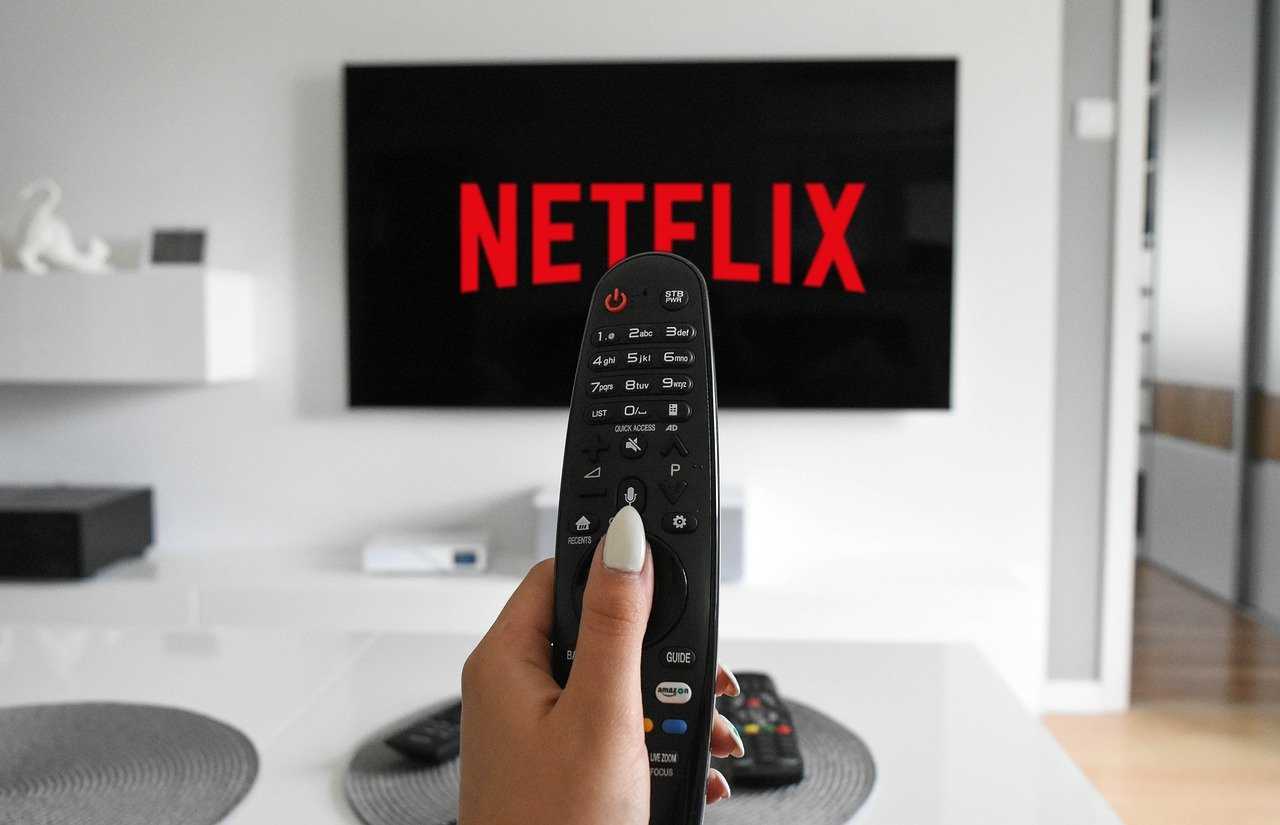Education
Why Are There So Many Streaming TV Services?
Published
3 years agoon
By
techonpc
TV Streaming
Streaming TV is unarguably one of the best inventions to grace the television industry. This mode of TV delivers digital content over the internet instead of through traditional cables, OTA antennas, or satellite dishes. It is a huge improvement on the older systems because it offers greater convenience to the consumers in terms of cost, mobility, and diversity. However, the diversity of streaming services is becoming an issue now. A recent study by Deloitte showed that people are getting ‘fatigued’ by the excess of streaming options in the market, so much so that many are thinking of reverting to cable TV, from which they initially escaped. Why is that? Let’s find out.
TV Streaming – Humble Beginnings
Before Netflix was a household name, it was a modest home-box-office style, on-demand subscription service, which sent people movies through the mail. Then, around 2007, the company expanded and launched its first-ever commercial streaming service that allowed people to watch movies and TV shows on the web without having to wait for their mailed DVDs. This new model of content delivery struck a chord in the hearts of consumers, especially those who were tired of paying high cable TV prices. Little by little, the popularity of Netflix grew, until it became the largest streaming services in the market – a title it holds to this day.
This mode of delivery makes streaming services available while driving your motorhome by having internet access and a 12 volt smart TV. So watching your favourite series with a caravan TV became reality.
Everybody Wants a Piece of the Streaming Action
One of the reasons why Netflix saw exponential growth in the 2010s is because it licensed the most-watched-content from TV studios and distributors, and made it instantly accessible to online users through its platform. By adding record-breaking TV series like The Breaking Bad to its library, along with a number of classic movies and timeless reruns, it attracted huge user traffic not just in the US but also from around the world. When other companies noticed the groundbreaking success of Netflix and its impact on television viewers, they decided to get in on the action as well.
Amazon launched its Prime Video service, hosting even a larger selection of Pay-Per-View movies and on-demand TV shows, with free shipping sweeteners. Whereas, Hulu transcended from playing the previous night’s primetime programs to giving live streaming and DVR services to people. Mega-channel networks like HBO and CBS released their own versions of video streaming services. Even cable companies like Cox cable TV jumped on the bandwagon by offering a streaming portal, and premium channel apps like Showtime, Starz, and Epix through its lineups.
Over-Saturation of the Streaming Market
Gradually, the streaming market became denser with new video services coming up now and then. At present, there are over three hundred TV streaming services in the market, competing to acquire more viewers. This intense competition, which may have started as a friendlier alternative to cable, has turned into a downright war.
The purpose of streaming services seems to have deflected from consumer convenience to subscription profits. Most of the top-brand services are fighting to claim rights to the upcoming shows and the most popular content in the history of cinema. For instance, Disney+ has taken Marvel creations under its wing, WarnerMedia has locked Doctor Who for its HBO Max service, and Peacock, NBCUniversal’s streaming service, has reclaimed all the seasons of The Office for itself, trying to stay ahead of the curve.
Then, there is the case for original programming, which came into the limelight with Netflix setting the trend. When the streaming giant perceived the escalating licensing costs and the rise of other online TV streaming services in the market acquiring this series or that before anyone else, it decided to go in another direction, a more self-reliant one. Netflix spent a fortune and successfully built a collection of original movies and TV shows, owned and distributed by the company itself. There was an immediate bump in subscriber count, inspiring other streaming services to follow suit.
Relaed: 2018-11 update for windows 10 version 1803 for x64-based systems (kb4023057) – error 0x80070643
So, why are there so many streaming services, again? Here are a few reasons:
- People demand it. Streaming TV brings something new to the table through personalized content libraries, flexible playback options, and affordable monthly costs. More than half of the American households have a Netflix subscription, while a third have Amazon Prime Video and a quarter have Hulu.
- Opportunities for creative expansion abound. Streaming TV is an extremely lucrative field, which allows companies to make millions just by adding a unique feature to their profile.
- The fear of missing out is real. Seeing giants like Netflix and Prime Video soar with subscribers and profits, other channel companies want to join the fun and leave their mark on the TV streaming walk-of-fame.
- Exclusives provide ambitious freedom. Streaming services are now competing head-on with age-old TV studios and carriers, by making their own original programming and distributing it through their technological methods.
What does the Future Hold?
The overload of streaming options is starting to fall flat on consumers, and with new video subscription services coming up each year, it seems as though the string of choices will never end. There might come a time when consumers will fail to see the simplicity of content delivery, which streaming TV originally promised, and either revert to their old ways or create new solutions. Till then, let the streaming war rage on.
Follow Me

Unleashing the Power of the Office Accelerator: Maximizing Productivity and Efficiency in the Workplace with Office 365 Accelerator

Unlocking the Hidden Potential of Your Website: Strategies for Growth

From AI to VR: How Cutting-Edge Tech Is Reshaping Personal Injury Law in Chicago
Trending

 Microsoft4 years ago
Microsoft4 years agoMicrosoft Office 2016 Torrent With Product Keys (Free Download)

 Torrent4 years ago
Torrent4 years agoLes 15 Meilleurs Sites De Téléchargement Direct De Films 2020

 Money4 years ago
Money4 years ago25 Ways To Make Money Online

 Torrent4 years ago
Torrent4 years agoFL Studio 12 Crack Télécharger la version complète fissurée 2020

 Education3 years ago
Education3 years agoSignificado Dos Emojis Usado no WhatsApp

 Technology4 years ago
Technology4 years agoAvantages d’acheter FL Studio 12

 Technology4 years ago
Technology4 years agoDESKRIPSI DAN MANFAAT KURSUS PELATIHAN COREL DRAW

 Education3 years ago
Education3 years agoBest Steph Curry NBA 2K21 Build – How To Make Attribute, Badges and Animation On Steph Curry Build 2K21

You must be logged in to post a comment Login